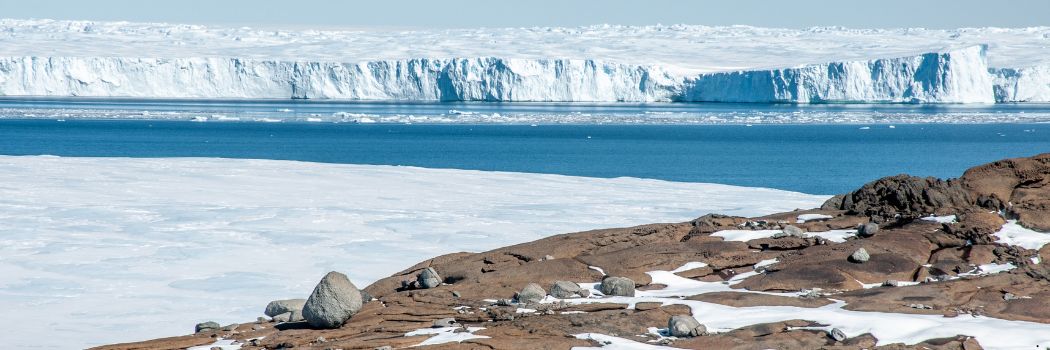
The world's snow and ice regions are at risk of irreversible loss and damage.
The warning was made in a new report from an international team of more than 50 leading cryosphere scientists, including Professor Chris Stokes in our Department of Geography.
The researchers presented their annual State of the Cryosphere Report – which looks at the Earth's ice stores – at the UN COP29 climate change summit in Baku, Azerbaijan.
They say that without an immediate reduction in emissions to curb global temperatures there could be disastrous and irreversible consequences for billions of people from global ice loss.
The researchers also of warn of vastly higher costs to the global economy given accelerating losses in snow and ice regions.
Ice sheets and sea level rise
Professor Stokes is an expert reviewer for the Ice Sheets and Sea Level Rise chapter of the report.
At COP29 he will talk about how mass loss from the ice sheets in Greenland and Antarctica has quadrupled since the 1990s and they now represent the dominant source of sea-level rise, with potential to add over 15 metres by 2300.
Summarising the latest science, Professor Stokes will highlight the worrying changes already taking place and the clear risks of exceeding the +1.5°C limit of the Paris Climate Agreement.
Our mantra is simple: you cannot negotiate with the melting point of ice. The world's icy environments may seem distant for many, but what happens in these regions will impact almost everyone on the planet. Sea level rise represents an existential threat to many countries and over 250 million people live within one metre of sea level, which could be exceeded as early as 2100 under current emissions scenarios. Rapid and deep cuts in emissions of greenhouse gases are needed to reach 'net zero' by mid-century, which is our only hope of keeping warming within the limits set out in the Paris Agreement.
Disappearing mountain glaciers
Professor Stokes will also talk about recent observations of glacier shrinkage in the Caucasus mountain range, which lies between the Black Sea and the Caspian Sea, including parts of Azerbaijan, the host nation of this year's COP.
The Greater Caucasus region contains over 2,000 glaciers, which are a valuable water resource for agriculture and hydroelectric power.
However, glaciers in the region have reduced by 23% since 2000 with several glaciers disappearing and with glacier-related hazards leading to major loss of life.
Projections show that the region is highly sensitive to global average temperature increases of between 1.5°C and 3°C, with the former likely to preserve around 40% of glacier mass, but the latter leading to near-complete deglaciation by 2100.
Current climate commitments
Current climate commitments are leading the world to well over 2°C of warming, the State of the Cryosphere Report says.
Based on the most recent cryosphere science updates from 2024, the researchers say that the costs of loss and damage if current emissions levels continue – leading to a rise of 3°C or more – will be even more extreme.
They add that many regions are already committed to experiencing sea-level rise and water resource loss.






